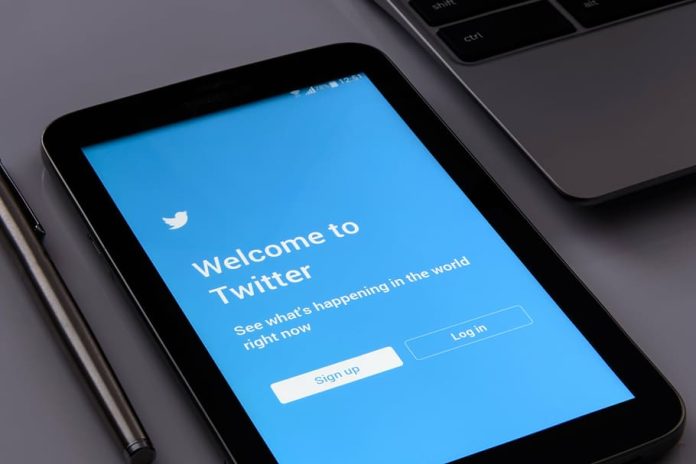In October of last year, Elon Musk, the second richest man on earth, successfully acquired Twitter. After the acquisition, Musk tweeted “the bird is freed” and later went on to say “let the good times roll.” He then disclosed that the company’s financial situation was dire at the time of the acquisition, with a daily loss of $4 million. In November 2022, Musk indicated that users would now have to pay for the privilege of getting a blue tick, further expressing his disdain for “legacy blue ticks” — accounts that had been verified via Twitter’s previous verification mechanism.
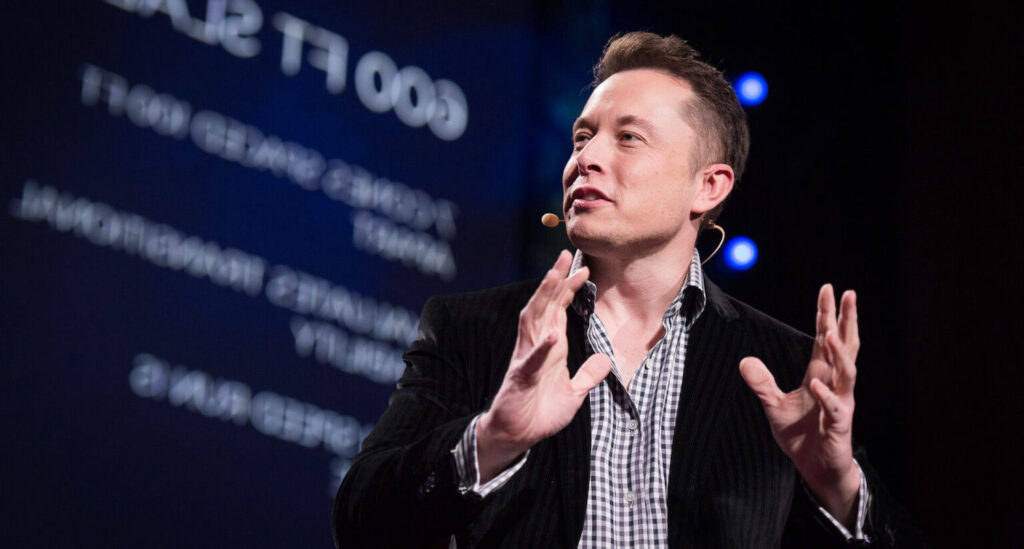
The launch of Twitter Blue was marred by initial setbacks. Subscribers to this premium subscription-based service would pay $8 per month in exchange for improved account visibility in addition to the much sought-after Blue Tick. For instance, Indian consumers were going to pay Rs 650 and Rs 900 for the online and mobile versions, respectively. In contrast to those who were chosen, those who paid may benefit from increased visibility across the site. Consequently, the start of the Twitter Blue period probably draws in a new, more elite demographic. The payment-based authentication procedure is now associated with the Blue Tick, which serves as a symbol of having subscribed to Twitter Blue, the premium service.
Elon Musk’s Twitter account underwent significant transformations as he recently made good on his promise to revoke the blue verification badges from those individuals who are unwilling to remit the monthly subscription fee of $8. The process of stripping the legacy blue ticks commenced on April 1st, with The New York Times being the first to lose its verification badge on that day. Given that this process is said to require manual intervention, it is probable that the revocation of blue ticks will continue in a phased manner over the next few days.
The blue tick was a free authentication symbol provided by the social media platform before Elon Musk bought Twitter aimed at curbing the proliferation of fake accounts and misinformation. However, the recent decision to withhold the blue badge of verification from already verified accounts unless they opt for a Twitter Blue subscription has sparked numerous debates both on and off the digital realm. It is now evident that the blue tick no longer solely represents authenticity, but also indicates that the account owner is a paying subscriber. Despite the fact that there is a proper authentic verification procedure for a subscription, there have been instances of fraudulent accounts subscribing in order to impersonate high-profile personalities and entities.
In the fast-paced world of Twitter, information – be it genuine or counterfeit – can spread like wildfire. Consequently, the platform has often been instrumental in broadcasting news and information about events as they happen, from natural disasters to terrorist attacks. However, false news, particularly on sensitive topics, can have significant real-world ramifications. A new age on Twitter has emerged with the elimination of blue ticks, one that raises concerns about the multiplication of fake accounts and the propagation of false information. While it has only been a few days since the blue ticks were taken down, there are already concerns that some may exploit the new policy to spread harmful, inaccurate information using fraudulent profiles.
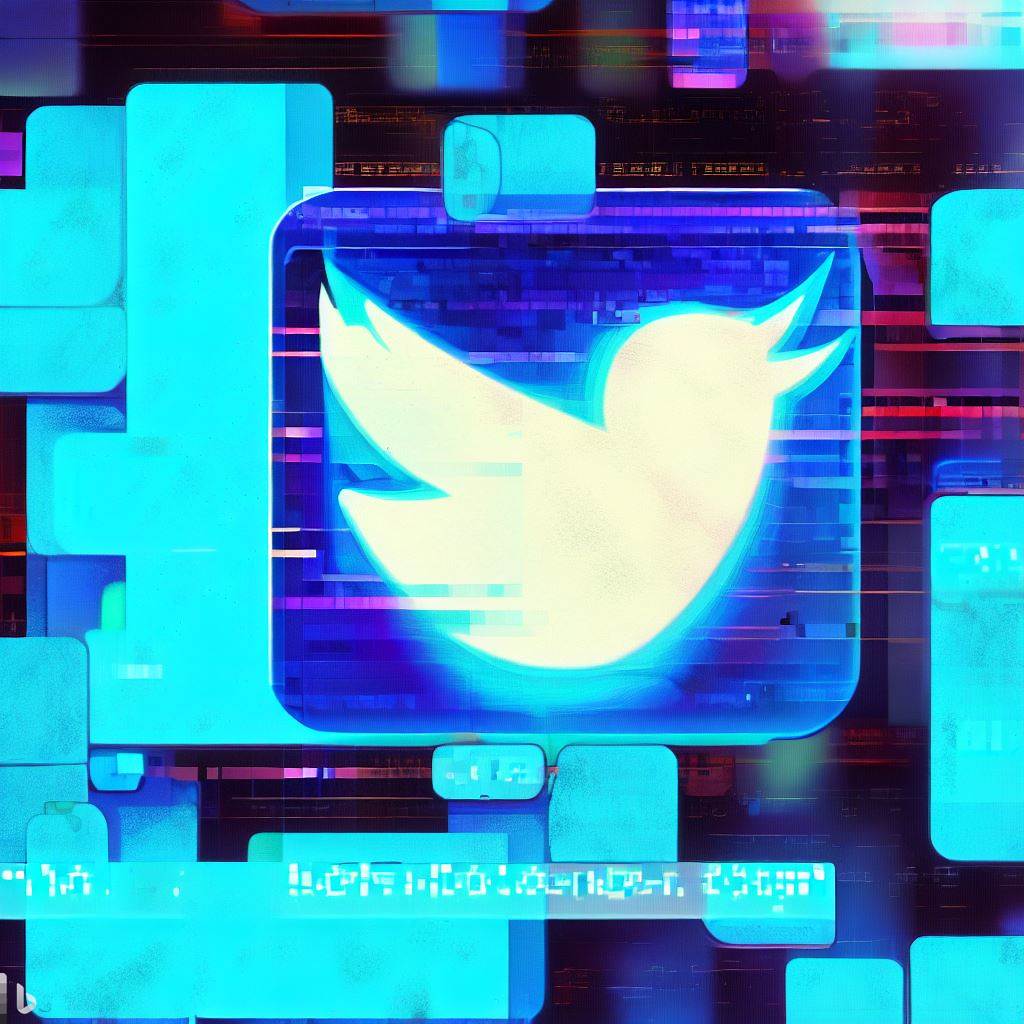
As a result, with the blue tick no longer serving as a badge of authenticity, users will now need to exert more effort to discern who is genuine by examining other markers, such as past tweets or a significant following, and put in more effort to ascertain the legitimacy of accounts on this micro-blogging platform.
According to The Guardian, a recent report from autonomous researchers revealed that the number of accounts subscribing to Twitter Blue after the platform’s removal of legacy Blue Ticks is only 28. However, another report suggests that the number is around 400 new accounts. These findings indicate that there appears to be a lack of interest in paying for the Blue Tick.
In recent days, the hashtag campaign titled ‘BlockTheBlue’ has gained impetus and is trending to encourage the blocking of users who possess the coveted Blue Tick verification badge.
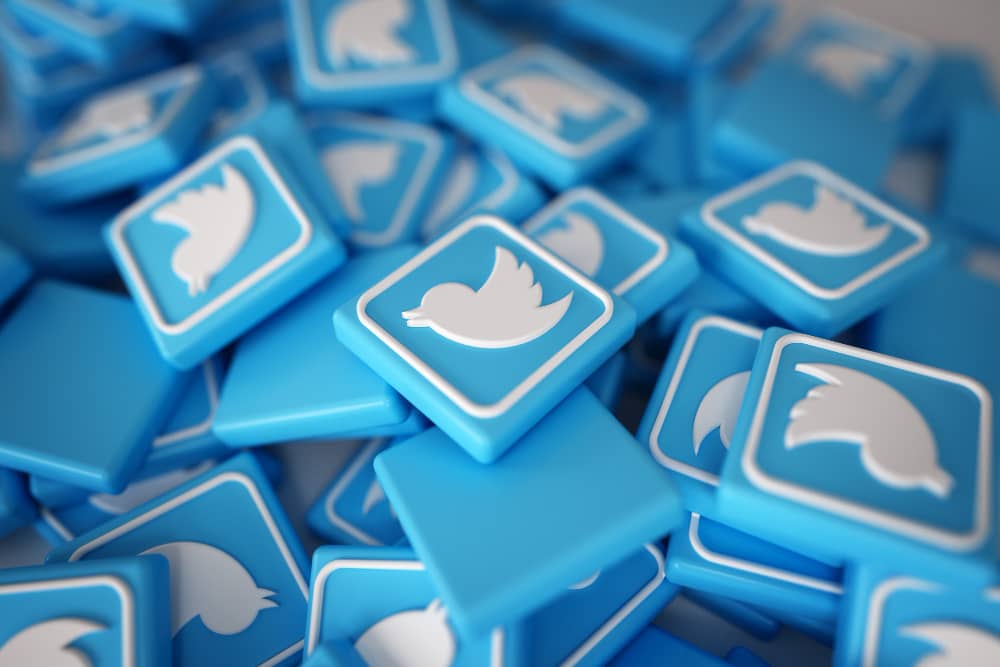
It is reasonable that Musk’s move to reinstate the Blue Tick for high-profile individuals and accounts with a follower base exceeding one million is an attempt to stimulate interest in Twitter Blue. It’s possible that the decision was taken with a view that if notable individuals get the coveted blue badge, then the general population will be driven to do the likewise. Several notable figures, including Beyoncé, Harry Kane, Richard Osman, Victoria Beckham, Amitabh Bachchan, and Shah Rukh Khan, among others, have had their Blue Ticks restored.
Following the most recent events, the once-unquestioned association of the Blue Tick with the Twitter Blue subscription has been disrupted. The recent move by Musk to reinstate the Blue Tick for accounts with more than a million followers free of charge has rendered the verification mark as an ambiguous indicator of a user’s subscription status. This step appears to be an attempt by Musk to add a new layer of complexity to the situation, perhaps in an effort to mitigate the influence of the BlockTheBlue movement.
What’s interesting here is Meta, the social media giant, has followed in the footsteps of Twitter and introduced Meta Verified, which allows users to verify their Facebook and Instagram accounts with a blue tick for a monthly fee of $14.99 in the US. Recent reports suggest that Meta Verified will cost Rs 1,450/month on mobile devices and Rs 1,099/month if subscribed from a web browser. Similar to Twitter Blue, the subscription to Meta Verified will provide a blue checkmark to the user’s Facebook and Instagram accounts. Currently, Meta Verified is in its beta phase and interested users must join a waiting list to verify their accounts on the platforms.
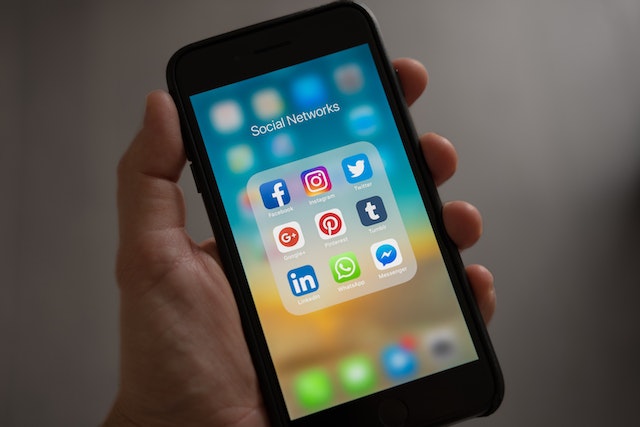
The consequences of these alterations on Twitter and other social media networks are yet to be comprehended. The Blue Tick is no longer an emblem of credibility. Therefore, it is binding on the general masses to approach social media with critical thinking and self-reflection and to be cautious when sharing and endorsing information. By adopting a thoughtful and deliberate approach, we can better navigate the complex and ever-changing landscape of social media.





















